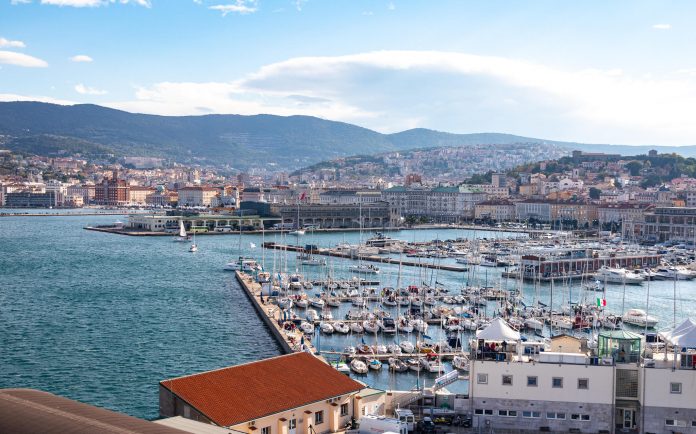by InTrieste
As international markets continue to navigate rising geopolitical instability, the northeastern Italian region of Friuli Venezia Giulia is charting a course of economic resilience and forward-looking industrial policy.
At a presentation held Monday at the Pordenone-Udine Chamber of Commerce, regional officials released the latest findings from the Friuli Venezia Giulia Economic Observatory. The report, covering the first half of 2025, outlines a regional economy that is adapting with agility in an increasingly uncertain global climate.
“The evolution of the international geopolitical landscape continues to fuel great uncertainty in global markets,” said Sergio Emidio Bini, regional councilor for Productive Activities. “And yet, despite this context, the economic indicators portray a resilient regional economy—one that’s ready to face the challenges ahead.”
Bini was joined by Giovanni Da Pozzo, president of the regional Chamber of Commerce, and economist Marco Martella, former director of the Bank of Italy’s Trieste branch, who provided additional insight into national and global macroeconomic dynamics.
Central to Friuli Venezia Giulia’s economic strategy is Agenda FVG Manifattura 2030, a €107.5 million industrial development plan recently approved by the regional government. The initiative is designed to support local industries, facilitate access to emerging markets, and foster international expansion.
“In times like these, companies must demonstrate a remarkable capacity to adapt,” Bini said. “The Agenda aims to reinforce our industrial fabric, identify new growth markets, and guide our productive sectors toward long-term, sustainable development.”
Among its key provisions, the plan includes enhanced access to subsidized credit through regional financial mechanisms such as the FRIE (Revolving Industrial Fund), the Confidi guarantee system, investment firm Friulia, and the FVG Plus platform. “These instruments are helping us guarantee liquidity and investment capacity for businesses across the region,” Bini added.
The Observatory’s data also showed robust export performance, particularly beyond the EU. Over the past five years, exports from Friuli Venezia Giulia to Qatar increased by €465 million, to Saudi Arabia by €113 million, to Mexico by €104 million, and to Brazil by €68 million. Officials also identified future growth opportunities in markets such as Turkey, China, India, the United Arab Emirates, Serbia, and South Africa, especially in the machinery, furniture, and advanced manufacturing sectors.
The report suggests that Friuli Venezia Giulia is not only holding its ground but strategically positioning itself for a more globally integrated and competitive future—an approach that other regions may soon be looking to replicate.





























